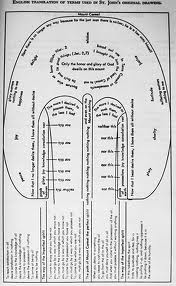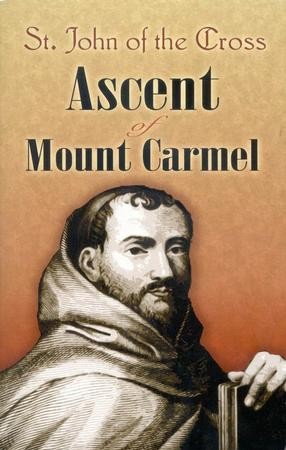
” 2 In the same interview, Akerman states that “the film escapes on all sides,” evading reductive interpretations. When I see it, I feel that too: it makes me want to live strongly.

But the main question that needs to be addressed is why viewers, as Akerman said in an interview with Cahiers du Cinéma, “divide themselves into two camps: some say it is a very sad film, others find that it gives energy, that it makes you want to go out, that it produces a kind of cocaine effect. This makes Toute u ne nuit a film where one doesn’t so much sympathize with the vicissitudes of the characters, but experiences the film as a film. “Stories” is not the right word here, because it suggests too much explicit narration, whereas what we are dealing with are short scenes that appear as if cut from longer narratives the viewer can only imagine. That the film strings together and connects stories like a mosaic is not entirely accurate.

Or another woman who hastily packs her suitcase in a bedroom with yet another oversleeping husband. Long lasts the silence of one couple, which is finally broken by a breathtakingly fatal remark: “I don’t think we love each other anymore.” There are also mildly humorous scenes, such as when a woman returns to the conjugal bed after an adulterous outing, puts on her sleepwear, and pretends to wake up next to her still-sleeping other half. People wait, sometimes fruitlessly, or miss each other by a hair, or are faced with the choice of going with one or the other and choose neither, or cannot fall asleep in bed. The man disappears from view only to return immediately afterwards, whereupon they embrace each other impetuously. The palpably growing tension between them is broken when, almost simultaneously, they both leave some money on the tables and stand up. Another scene: a woman and a man sit silently, staring ahead, side by side at two adjacent tables. In the next scene, a woman in a low-cut red dress calls someone and immediately hangs up at the allô on the other end of the line, only to mumble, “ J e l ’ aime, je l ’ aime.” Thereupon she gets in a cab that takes her to, one may assume, the lover’s house she watches him pace back and forth in a lit room, then leaves again.


In the opening images, we see alternately a woman and a man hastily walking, taking a streetcar, and disappearing into a pedestrian tunnel, only to reappear, somewhat surprisingly, together in a car driven by the woman, with the man resting his head on her shoulder. 1 The emphatic unity of time (one sultry summer night) and place (the neighborhoods of Brussels) is not the framework of a coherent story, but of stories in rapid succession, populated by numerous characters, which at first glance have little to do with each other. It is not easy to depict what happens in Toute u ne nuit (1982), a film once counted among the hundred best in history. Still from Chantal Akerman, Toute une nuit (1982).


 0 kommentar(er)
0 kommentar(er)
